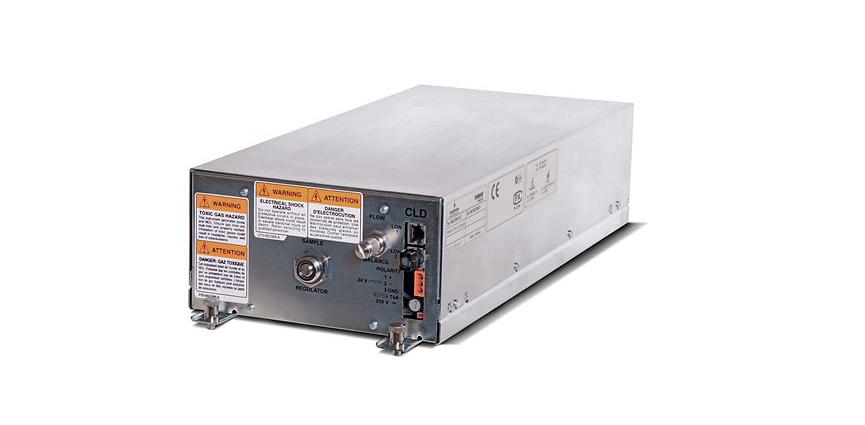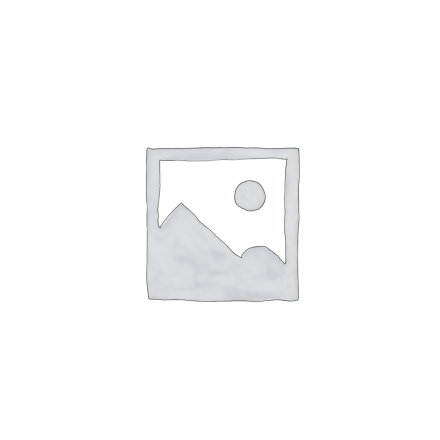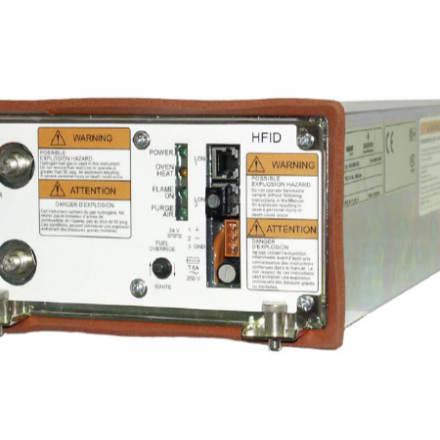If you’ve stumbled on to this FAQ, you must have a Rosemount NGA-2000 CLD analyzer to measure NOX either dry or wet (referring to the WCLD version). The detector portion of this analyzer is OEM p/n: 659754 (obsolete) and is sold by us under this part number: 35K0104R0. It is the same OEM detector and fully compatible with your NGA-2000 or uCEMS.
I’d like to point out that this detector assembly is COMPLETELY repairable and should never be discarded. Here’s why:
1. If the capillary gets clogged:
• Unclog it or solder in a new one
2. If the heaters fail open:
• Replace the heaters
3. If the resettable fuse fails open:
• Replace the fuse
4. If the barrier window gets cracked/busted:
• Replace the window
5. If the temperature sensor goes bad:
• Replace it
6. If the reaction chamber leaks:
• Replace the bad seal (or both seals)
7. If a pin breaks off or a wire opens in the harness:
• Fix the harness
8. If the metal barrel rusts through (this has never happened, but there’s always a first time):
• Replace the housing
9. If the photosensor gets weak or dies completely:
• Replace the sensor
• This is the most challenging aspect as the OEM wants about $8000 for this chip; and, most of the time, it’s the barrier window that gets clouded/stained from the ozone- NO reaction; we don’t change out very many sensor chips.*
10. If the photosensor won’t cool down to 1°C, it might be a bad Peltier section of the chip -or- most likely, it’s a bad Darlington Pair power transistor (mounted on the aluminum divider panel).
Important: *We’ve been fixing about two of these per year for the past 20 years. Don’t listen to the rumors that you can’t procure a NGA-2000 CLD detector assembly, we can get them or repair them.*



